A lot of different chemical processes are started or forced by catalysts. These catalysts are often based on Palladium, Platinum or Nickel coated carbon. Those catalysts has to be removed out of the liquid and gas as well as out of the final product. The recovery of the catalyst is important because of economical and environmental aspects.
TFI Porous Metal Products are suitable for such applications because of their high chemical resistance and the thermal and mechanical stability. The most popular product for catalyst recovery applications are SINTERED SS cartridges. This allows a filtration by 0.5 mic & 1 mic with excellent back-flushing possibilities.
TYPES OF CATALYST 
- Platinum
- Palladium
- Rhodium
- Silver
- Nickel
Application Description
Catalysts are used in petroleum refining, Pharma and organic chemical manufacturing to convert and/or purify organic chemicals into a more useable form. This process principally uses inorganic metals to facilitate the required chemical reaction. Valuable metals (such as platinum, palladium, rhodium, silver and nickel) are sometimes affixed to a substrate (activated carbon, alumina, silica, titania or calcium carbonate) and supplied in either a homogenous (dissolved) or heterogeneous (particulate) form. In the heterogeneous form, the metals are recovered for reuse by filtration. Depending on the type of catalytic process, the procedure is done under various operating conditions including temperature. Catalysts are also used in the polymer industry to assist in the polymerisation of monomers.
Catalyst recovery (after it has been fouled) is another application related to this market. In some operations, the catalyst gets clogged and reduces activity. When this happens, the catalyst is regenerated either on site or at the catalyst’s manufacturer. This generation can be done using solvents or thermal treatment. When solvents are used, the catalyst has to be recovered from the solvent/rinse fluid by filtration. In thermal treatment, the catalyst is often rinsed to remove contaminating residue and requires a subsequent filtration to recover the catalyst. Waste streams will also have trace amounts of catalyst that need to be filtered to recover the valuable catalyst.
FILTERS BEING USED BY INDUSTRIES
- Bag filter
- Cricket Filter
- Leaf Filter
- Multi Tube Filter
- Cartridge filter
COMMON FILTRATION-RELATED PROBLEMS
Loss of Catalyst – Too large of pore size rating, too low an efficiency of filtration, or filter bypass cause catalyst lost to the process stream and/or subsequent cleaning. Catalyst degrades over time from the wear of processing creating fines that then pass through the originally working filter.
Poor Back flush Flow Recovery – The differential pressure was allowed to build to too high a level before back-flushing. The back-flush cycle is not appropriate for the process either due to a process change or poor initial design. The surface pore size is too large as related to the catalyst size (possible catalyst degradation) causing penetration into the filter structure that is difficult to back-flush.
Short Filter Life – Poor dirt holding capacity as related to the contaminant level (surface area or capacity related)
Low Flow Rate Starving Subsequent Stages – Poor capacity as related to contaminant level or too little initial flow rate for the fluid/contaminant volume.
TFI CATALYST FILTERS
- TFI offers 100% SS 316L filter elements – for precious metal recovery application including Palladium (PD) on C. Platinum (PT) on C, Raney Nickle, Silver recovery etc..
- TFI Sintered Filter Elements with 2 mm wall thickness offers high flow rate and easy of backwashing in-place resulting in long external Cleaning cycle.
- TFI offers Catalyst recovery filter starting from 1 element to 100 elements in single housing depending upon flow rate and solid/catalyst handling requirements.
- TFI has also developed provisions for heel volume squeezing by installing inverted filter elements in the filter unit cone. Also Filter elements with Centre tube design
- We also offer bag filter for collection of catalyst to be sent for regeneration.
- TFI offers unique design of back flushing cluster extending efficient cleaning to each candle individually.
DISADVANTAGES OF DISPOSABLE FILTER
- Leaf Filter/Bag Filter/ Cartridge filters are disposable type filters.
- High recurring cost of disposable bags/Cartridges.
- These filters are not effective back washable/back flushing.
- If these filters gets tear off/bypass during process then high production loss.
- During cleaning / replacement of these filters shop floor may get dirty and lose of catalyst also possible.
ADVANTAGES OF SINTERED SS 316L CATALYST FILTER
- Heavy-Duty Design
- High heat resistance and thermal stability up to 900°C
- Chemical resistance against acids and caustic solutions in various aggressive media
- 100% Seamless design by Ø 50 mm, 64 mm & Ø 75 mm and 1600 mm length.
- Back flushing and easy cleaning possible.
- High Efficiency and precise filtration because of homogenous pore size distribution.
- The variety of materials used can be welded and machined.
- Flanged end connection for easy of opening area and back flushing.

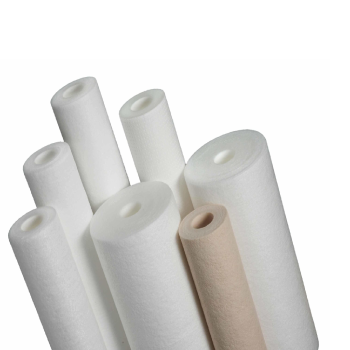
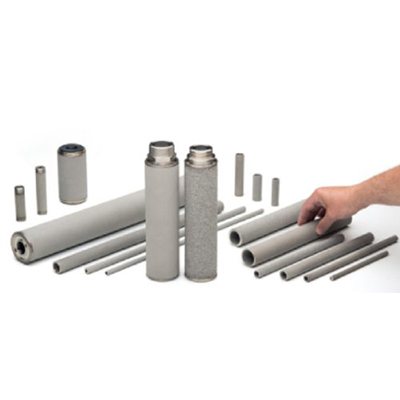
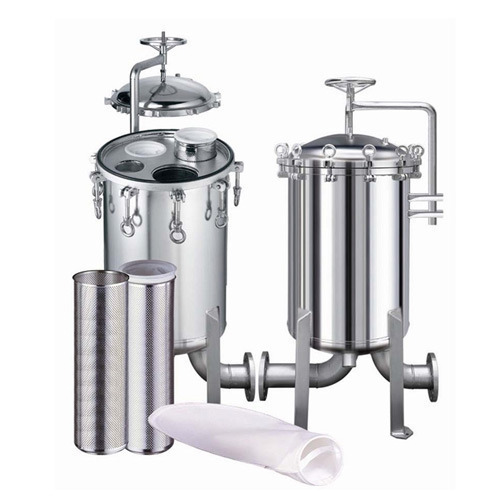
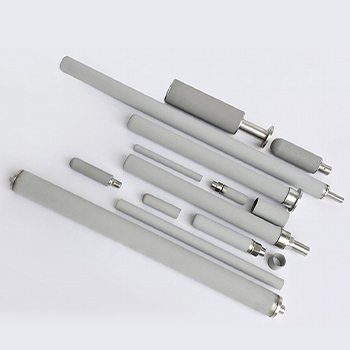
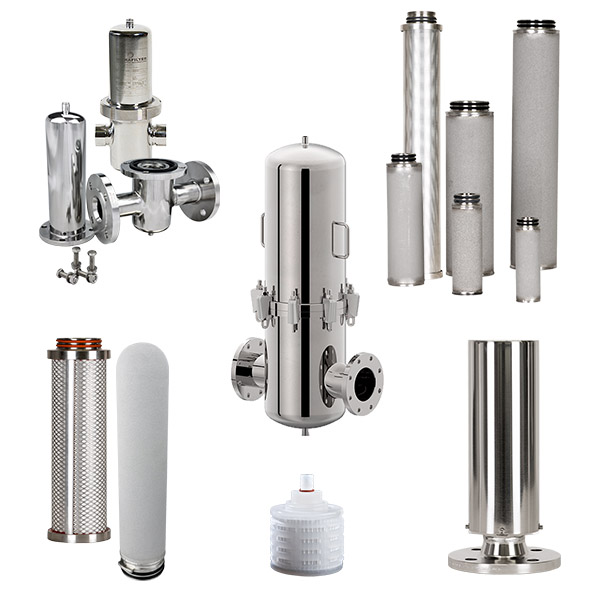
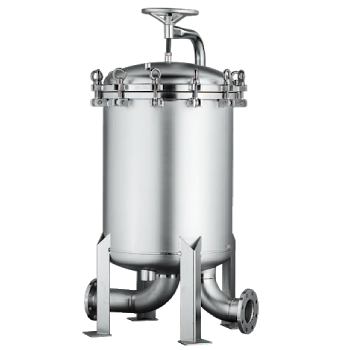
Recent Comments